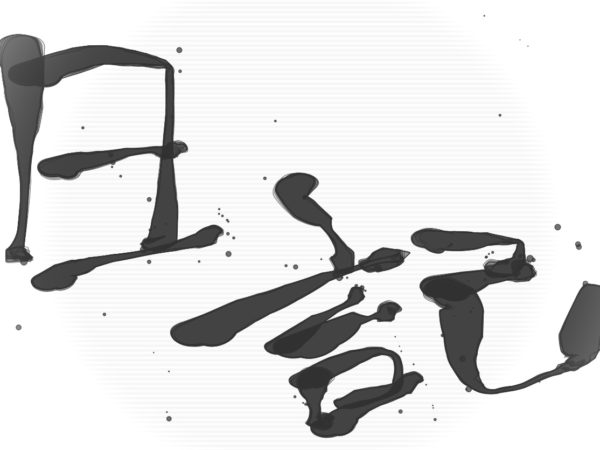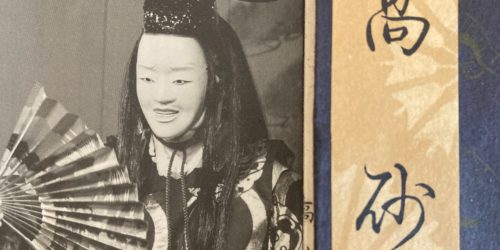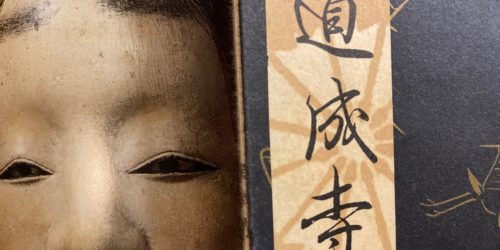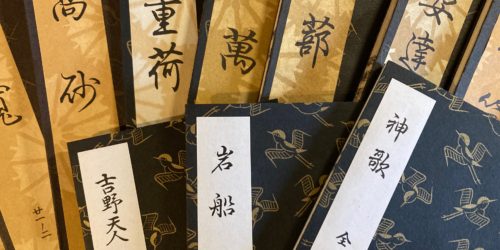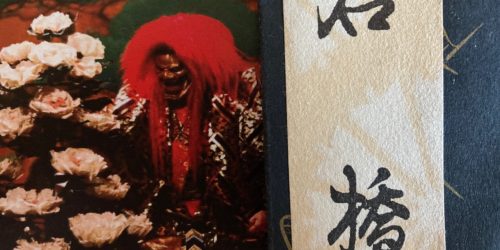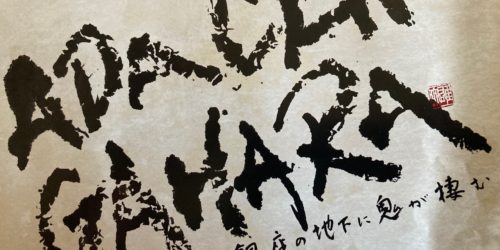The emotional contrast between Kiyotsune and his wife
Over 1,000 years ago, the Heike clan and the Genji clan were enemies who fought over the hegemony of Japan.
Although the Heike clan bravely fought against the Genji clan, they were defeated and escaped to the west sea.
Kiyotsune who was one of the sons of the Heike clan despaired of his future, and he committed suicide by drowning.
A Noh play called, “Kiyotsune” is based on his suicide, and it was produced over 600 years ago.
Today, it seems that his dramatic suicide scene just draws attention.
But I view Kiyotsune from a different point of view.
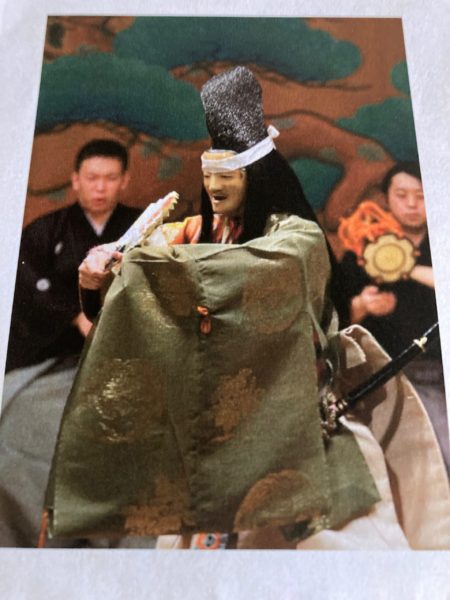
The moon was beautiful that night.
Kiyotsune was playing the Japanese flute on a boat by himself.
He had already resolved to die.
After he finished playing, he drowned himself in the deep sea.
His hair was left on the boat, and it was sent to his wife as a keepsake.
But she refused to take it because she was dissatisfied with his suicide.
She wanted him to survive.
He had promised her that he would return alive.
But he broke the promise. He chose death of his own will.
Why did Kiyotsune end his own life easily?
I think that Kiyotsune’s way of thinking is “Shogyo-mujo”.
That means the impermanence of all things in Buddhism.
Everything in the universe is always changing, not standing still.
Our lives are also the same.
Our lives are very short, like a dream.
Kiyotsune had the condition of being aloof from the everyday world through losing a battle, and it dissolved his hesitation toward death.
On the other hand, his wife’s way of thinking seems to suggest a strong instinctive hold onto life.
I think that the emotional contrast between Kiyotsune and his wife is the philosophical side of this Noh play.
